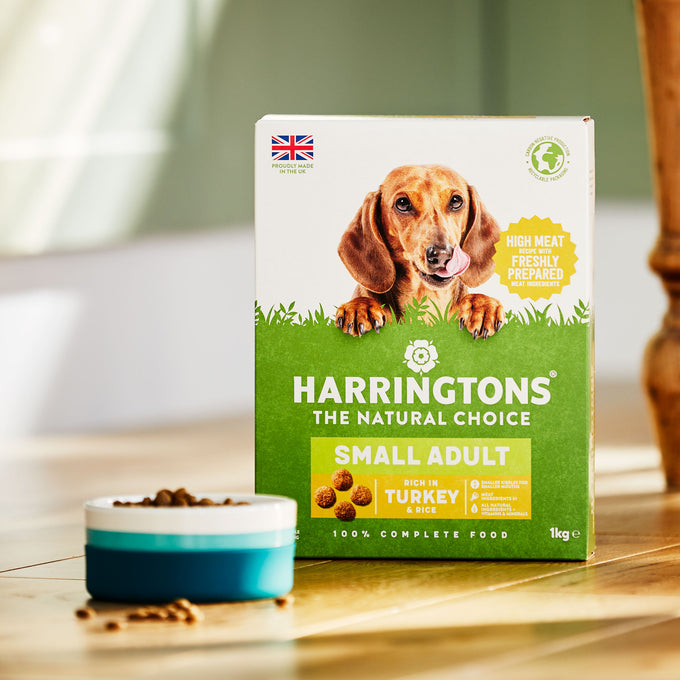Introducing a new puppy to existing dogs can set the tone for their lifelong relationship. In the first of a two-part guide, we’ll help you lay the groundwork for a successful introduction.
Create a space
Four weeks before your puppy arrives, set out its own space separate from the other dogs: a pen, a crate or a room with a dog or baby gate. It should be big enough for your puppy when fully grown, or expandable to that size.
Place anything the puppy will have – toys, bedding, puppy pads – in there. Put a chew in the area regularly, so your dogs get used to it containing exciting things they can’t have. If they get frustrated, give them a chew too.
Setting all this up early gets your dogs used to it and tests whether bigger dogs can get past the barrier. The puppy area will likely be in place until the puppy is 6-8 months of age, and probably until 12 months.
Introduce scent
You’ll ideally be viewing the litter at 3-6 weeks of age. Take a clean towel or blanket and rub it all over them, letting them sleep on it if the breeder and mum allow. Repeat on any future visits. Back home, let your dogs smell the towel. Let them sleep on it, rest on it and play with it (though if you have multiple dogs with set beds, don’t place it in their bed).
You can try the reverse if the breeder is comfortable – giving the pups toys, blankets or towels that you have rubbed over your dogs.
Chews and barriers
At least four weeks before your puppy arrives, start giving your dogs more regular toys and chews. Regularly separate yourself behind a barrier (a dog gate, baby gate or closed door) during your daily life. If they whine, give them a stuffed frozen chew toy before you leave.
Door training
Most fights happen at mealtimes or around doorways. Four weeks before your puppy arrives, consider training your dogs to wait at open doorways and go through on your command, to help them control their excitement at points of frustration. If you have more than one dog, you may need to train them individually.
Practice more control by asking them to sit once they enter. And when you enter a room, wait for a moment or ask your dogs to back up first. Practice whenever you use a door or gate.
This preparation will set your puppy up for success when it arrives. For help on the arrival itself, read Part 2.

